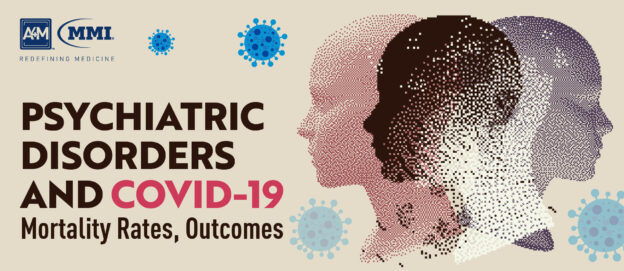Finding Geniuses, Feeding Curiosity
Weeding out the mediocre to reach the extraordinary—the top 0.1% of experts in research, academia, industry, and business. That’s step number one. Second, ask challenging questions that evoke compelling answers—the type of answers you don’t hear often, the type that could trigger whole paradigm shifts. Third, deliver it to you, whether you’re an expert yourself or a layperson who loves to learn.
October 2020 marks Richard Jacobs’s fourth anniversary of following these three seemingly simple steps. Initially, Jacobs focused on ‘round-the-corner’ technologies, including cryptocurrency, artificial intelligence, 3D bioprinting, and more. How can cryptocurrency lead to a more transparent form of governance? Are swarm-based predictive insights being implemented in new entertainment products? Is life extension possible with bioengineered organs? These questions are just a snippet of the wide range of tech-based topics explored by Jacobs and his guests, in what was then titled Future Tech Podcast.
Impelled by a major personal health crisis in 2017, Jacobs began gearing the episodes toward topics in health, medicine, and bioscience. This led him to interview nearly 100 experts on sleep science and related issues, such as the connection between dentistry and snoring, and how the bacteria in your gut could be keeping you up at night. He’s heard from countless authoritative voices on the latest in cancer research, genetics and epigenetics, the microbiome, oral and systemic health, thyroid health, and how the mind affects the body—especially when it comes to stress and anxiety.
A new title seemed fitting; not only did the old one too narrowly capture the breadth of information discoverable through the podcast, but it failed to underscore what Jacobs was really doing: searching for information from the best and the brightest in the world, and finding geniuses. Finding Genius Podcast emerged in mid-2019.
Jacobs’s most recent endeavor on the podcast has been to dig deeply into the topic of viruses, far beyond the definitions you’ll find in a Google search. He’s interviewing 30+ researchers, academics, and clinicians to get their take on a set of provocative questions. Are viruses alive, and if so, does that necessitate self-awareness? Do viruses communicate and coordinate with one other to invade and replicate within host cells? How have viruses played a role in evolution, adaptation, and speciation? Are viruses actually responsible for building host immunity, as opposed to only breaking it down? The answers to these questions and more will be used to create a uniquely informative and palatable compendium of perspectives and data about viruses.
Good questions lead to good answers, which in turn lead to even better questions; it’s this positive feedback loop of curiosity and knowledge that fuels Finding Genius Podcast, and appeals to a growing number of listeners. Don’t wait for the next episode; visit Finding Genius Podcast and type a word or three in the search bar. Diet. Robots with muscles. History and COVID-19. Meditation. Microbiome and cancer. Whatever you choose, it’s a near guarantee that you’ll learn something new.


